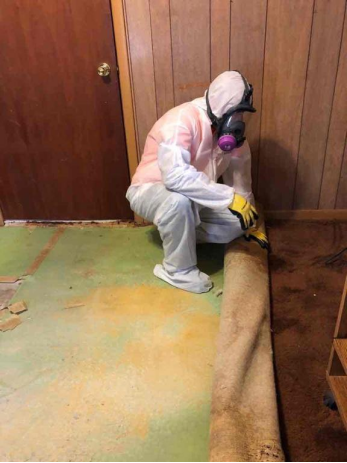
Do you know how to spot mold in your Bradenton home? Mold can cause significant damage and health issues if left unchecked. This blog will help you identify common signs of mold, understand where mold thrives, and learn effective strategies to prevent its growth. Whether you're dealing with mold for the first time or looking to prevent future problems, we’ve got you covered.
Common Signs of Mold
Mold can be tricky to spot because it often hides in hard-to-see places. However, it does leave telltale signs. Knowing these signs can help you catch mold early before it becomes a bigger problem.
1. Musty Odor: One of the most common signs of mold is a persistent, musty smell. This earthy odor is often the first clue, especially if you can’t see any visible mold. The smell might be stronger in certain areas of your home, such as basements, bathrooms, or under sinks, where moisture levels are higher.
2. Visible Spots: Mold can appear as black, green, or even white spots. These spots can be small or cover large areas. You might notice them on walls, ceilings, floors, or around windows. Mold can also grow behind wallpaper, so check for bubbling or peeling.
3. Allergy Symptoms: Mold can cause or exacerbate allergy symptoms. If you or your family members experience sneezing, coughing, itchy eyes, or skin rashes that seem to get worse when you’re at home, mold could be the culprit. These symptoms are often more pronounced in people with asthma or other respiratory conditions.
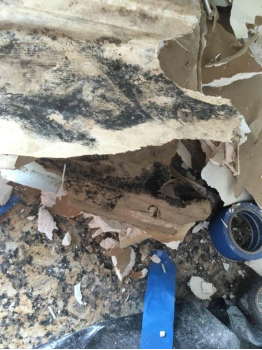
4. Water Damage: Signs of past or present water damage, such as stains, discoloration, or peeling paint, often indicate mold growth. Mold thrives in moist environments, so any place that has been exposed to water is a potential breeding ground.
5. Condensation: Frequent condensation on windows, pipes, or walls suggests high moisture levels, which can lead to mold. Pay attention to rooms with poor ventilation where condensation is more likely to occur.
Recognizing these common signs can help you take action quickly. Mold can spread rapidly, so early detection is crucial to prevent extensive damage and health issues.
Areas Prone to Mold Growth
Certain areas in your Bradenton home are more prone to mold growth due to higher moisture levels. Identifying these areas can help you focus your prevention efforts where they are most needed.
1. Bathrooms: Bathrooms are one of the most common places for mold due to high humidity from showers and baths. Check tiles, grout, around sinks, and under cabinets. Poor ventilation can exacerbate the problem, making it essential to use exhaust fans or open windows to reduce moisture.
2. Kitchens: Kitchens are another hotspot for mold growth. Leaks under sinks, around dishwashers, and refrigerators can create moist environments ideal for mold. Regularly inspect these areas and ensure there are no hidden leaks or water accumulation.

3. Basements and Crawl Spaces: Basements and crawl spaces are often damp and have poor air circulation, making them perfect places for mold. Check for water seepage, leaks, or standing water. Use dehumidifiers to control moisture levels and ensure proper drainage around your home’s foundation.
4. Attics: Attics can develop mold due to roof leaks, poor insulation, or inadequate ventilation. Inspect your attic regularly, especially after heavy rain. Look for water stains, mold spots, or damp insulation. Proper ventilation and fixing roof leaks promptly can help prevent mold growth.
5. Windows and Doors: Condensation frequently forms around windows and doors, particularly in humid climates like Bradenton. This moisture can lead to mold growth on frames, sills, and surrounding walls. Ensure proper sealing and insulation around windows and doors, and use dehumidifiers if necessary.
Preventing Mold Growth
Preventing mold involves a proactive approach to managing moisture and maintaining a clean environment. Here are some effective strategies to keep your Bradenton home mold-free:
1. Control Humidity Levels: Mold thrives in humid environments. As advised by the U.S. Environmental Protection Agency, you should keep indoor humidity levels below 60%. Use dehumidifiers and air conditioners, especially during the humid summer months in Bradenton. Consider installing a humidity meter to monitor levels.
2. Fix Leaks Immediately: Water leaks from roofs, walls, or plumbing can quickly lead to mold growth. Inspect your home regularly for signs of leaks and repair them promptly. Don’t ignore small drips or stains, as they can escalate into larger problems.
3. Ensure Proper Ventilation: Good ventilation reduces moisture levels in your home. Use exhaust fans in bathrooms, kitchens, and laundry rooms to expel excess moisture. Open windows when weather permits to improve air circulation. Vent appliances that produce moisture, such as dryers and stoves, to the outside.
4. Clean and Dry Wet Areas Promptly: After spills or flooding, clean and dry affected areas within 24-48 hours. Mold can begin to grow quickly, so act fast. Pay special attention to carpets, rugs, and upholstery, which can retain moisture and harbor mold.
5. Use Mold-Resistant Products: When renovating or building, use mold-resistant drywall, insulation, and paints. These products contain materials that help prevent mold growth. In areas prone to moisture, such as bathrooms and basements, these products can provide an extra layer of protection.
6. Regularly Inspect and Maintain Your Home: Routine inspections can help you catch potential mold issues early. Check for leaks, condensation, and signs of mold in high-risk areas. Maintain your home’s exterior by ensuring proper drainage away from the foundation and keeping gutters clean.
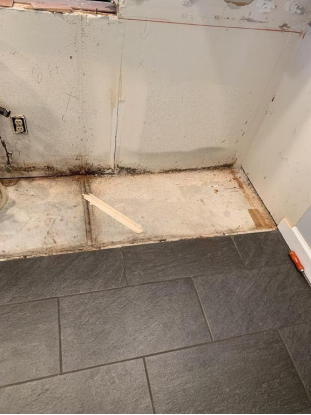
7. Keep Your Home Clean and Dry: Regular cleaning helps prevent mold by removing dust and other particles that mold can feed on. Use mold-killing products in bathrooms and kitchens. Ensure that damp areas, such as under sinks and around windows, are kept dry.
8. Use a Dehumidifier: In particularly humid areas or rooms that tend to be damp, a dehumidifier can be very effective. These devices help maintain optimal humidity levels, making it harder for mold to grow.
9. Monitor Indoor Plants: Overwatering indoor plants can increase moisture levels in your home. Ensure plants are not overwatered, and use pots with drainage to prevent water from accumulating.
10. Educate Yourself and Your Family: Understanding how mold grows and spreads can help you take proactive steps to prevent it. Share this knowledge with your family to ensure everyone contributes to maintaining a mold-free home.
Mold Testing and Remediation in Bradenton
If you suspect mold but can’t see it, consider mold testing. Mold testing in Bradenton can confirm the presence of mold and identify the type. Professionals use specialized equipment to detect mold in hidden areas. Testing provides peace of mind and guides remediation efforts.
Once you find mold, quick action is crucial. Mold remediation in Bradenton involves removing mold and addressing the underlying moisture issue. Professionals follow strict protocols to safely remove mold and prevent it from returning. This ensures your home stays safe and mold-free.
Conclusion
Mold can be a serious problem, but you can prevent it with vigilance and timely action. Regular inspections, proper maintenance, and prompt repairs keep your Bradenton home mold-free. If you suspect mold or face water damage, don’t wait to take action.
At Flood Pros USA, we specialize in mold testing, mold remediation, and emergency water damage cleanup in Bradenton. Our experts provide swift water damage restoration in Bradenton, ensuring your home remains safe and healthy.
Contact us today for comprehensive mold services in Bradenton and protect your home from mold madness!
Subscribe to Flood Pros USA's Blog


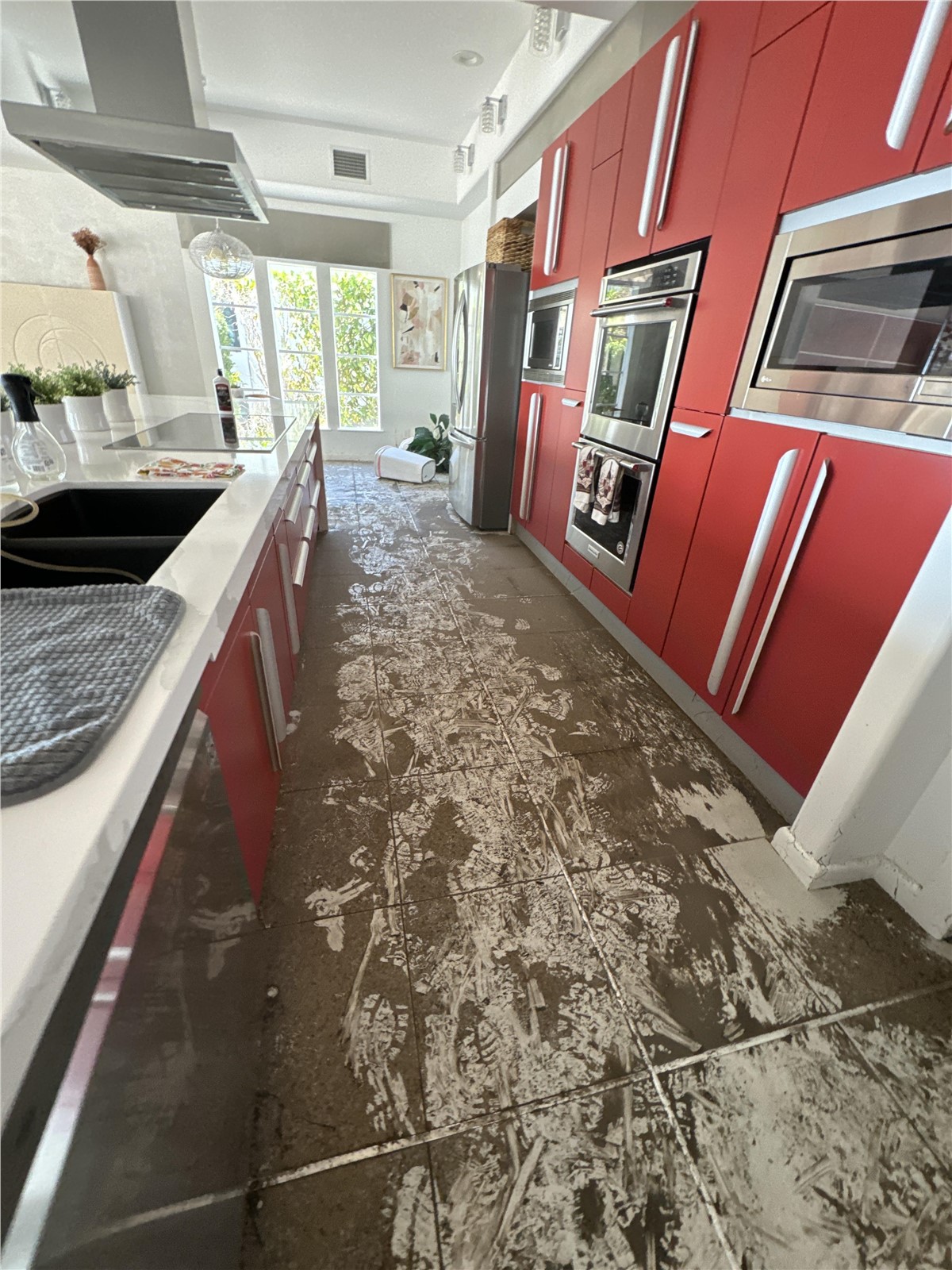
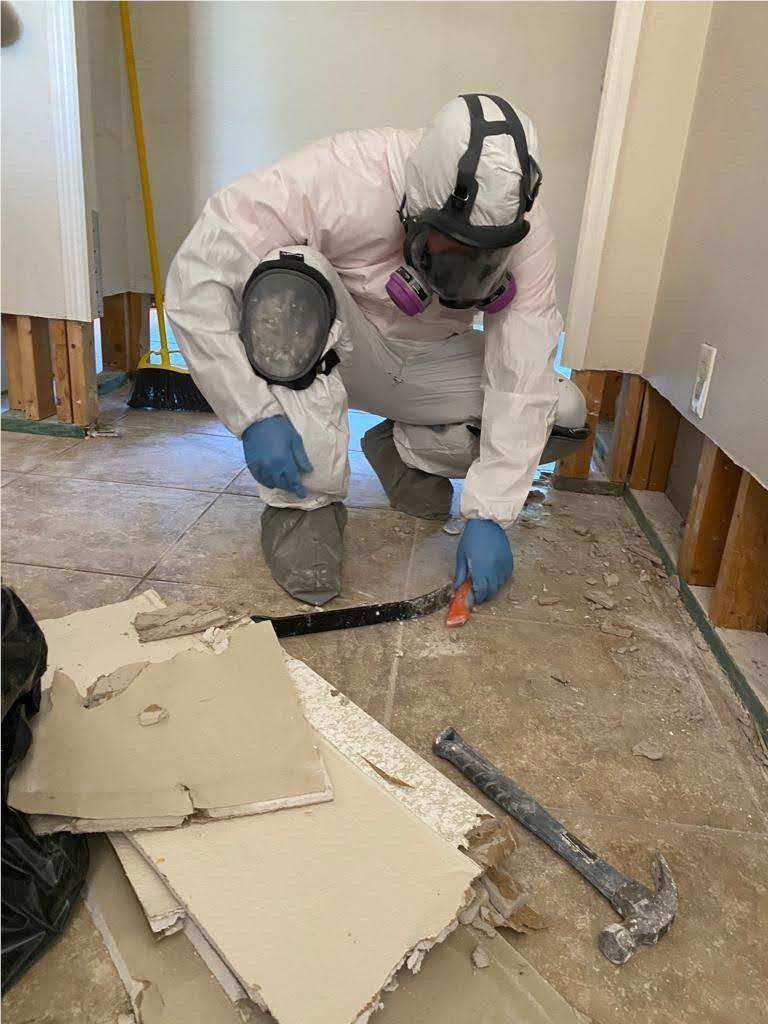

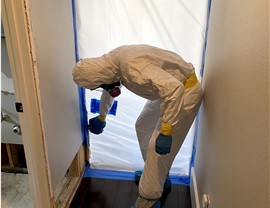

Comments